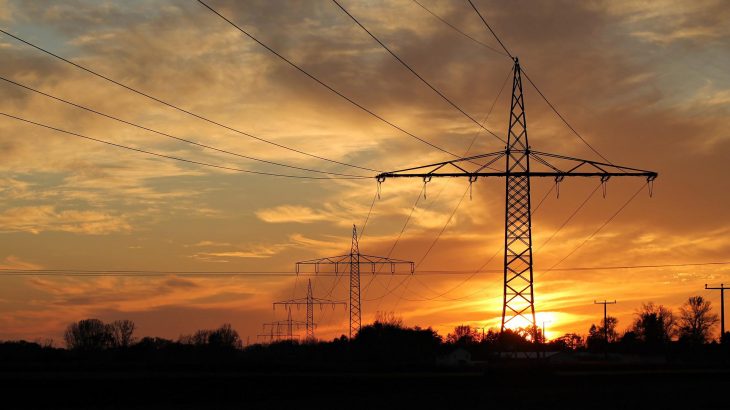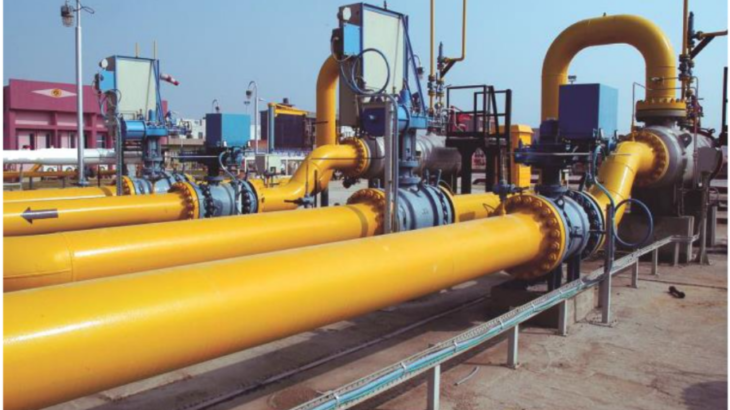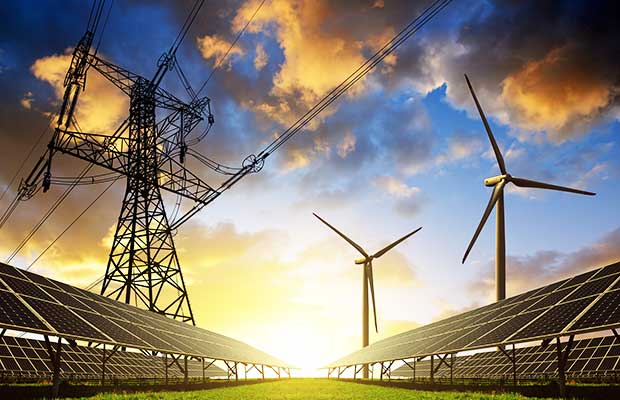
Designation: Project Director, SARI/EI, IRADe & Ex-Chairperson, Central Electricity Authority, India
Cross Border Electricity Trade (CBET) in South Asia is growing in leaps and bounds, doubling in the last six years, from 9 billion units to 18 billion units in 2020-21. This is expected to further accelerate in the next few years, especially since all the South Asian nations feel the necessity to do so. Increased CBET will lead to efficient utilization of the power resources, resulting in energy security for the Region. It will also enable integration of renewable sources of energy in a cost effective manner, leading to reduced carbon emissions. This will lead to reduction of average cost of electricity supply in each country. Due to resource complementarities, demand diversity, differentials in cost of power and potential synergies for renewable energy integration and grid balancing, there exists significant potential of undertaking cross border power trade to ensure overall socio-economic development of the region. India continues to be dependent on coal as the leading resource for energy generation, whereas Pakistan has high dependency on oil/diesel and natural gas. On the other hand, Nepal and Bhutan are hydropower rich and have excess resources compared to their demand. Bangladesh and Maldives are dependent on imported natural gas and diesel respectively
However, with the growing potential and opportunities for cross border electricity trade, there is urgent need for a platform that can bring all the stakeholders together to build consensus on all aspects of electricity trade. As the number of countries involved in a power trading market increases, it becomes increasingly complex to accommodate the needs and priorities of all the countries. Therefore, it becomes important to develop a forum having representation from all the member states to help build consensus towards common regulations, as agreed upon by the members. While such platforms do exist on a bilateral level between the respective governments, these are at a broader level. Detailed discussions are needed on the types of market products which would be appropriate for CBET, the market rules, etc. These ground level discussions among the relevant parties at the ground level would do innumerable good for supporting the respective Governments in taking the broader decisions. These platforms could be forums for arriving at a consensus.
There should be a forum of market players to converge on the market products suitable for cross border electricity trade, and the market rules. This would also help equalize the knowledge on the same, and act as cross learning for all the South Asian countries. South Asia Forum of Electricity Market (SAFEM) is proposed as such a forum, under a study carried out by USAID’s SARI/EI (South Asia Regional Initiative in Energy Integration) program, currently being implemented by Integrated Research and Action for Development (IRADe). Such a forum will facilitate creation of a South Asia power market and enhance cross border electricity trade in the region
The SAFEM is proposed to be formed with the objective of taking regional trade a step forward by acting as a neutral body, facilitating regional electricity market development and creation. The Forum will review the power market policies and rules/regulations for cross border electricity trade in each of the South Asian countries. SAFEM will also work towards adoption and implementation of guidelines and policies by advising the South Asian countries on power trade and markets in the region. This Forum shall help the member countries in developing an understanding of the various products which may be introduced in the market, and assist member nations towards its implementation.
Cross-border power trade currently takes place in South Asia mostly through bilateral mechanisms, confined to Bhutan-India, India-Bangladesh, and India-Nepal. These power trades are mainly negotiated between the Governments through long-term Power Purchase Agreements and few medium/short term agreements. A South Asia Forum of Energy Market can help member countries by suggesting new type of contracts, along with the rules and agreements.
Similarly, tariff determination process in each of the member nations can be a key determinant on the commercial framework under which cross border power trade takes place. While CBET continues to be mostly bilateral in South Asia wherein the tariff/other terms and conditions of power trade are primarily based on inter-government negotiations, there has been a gradual shift towards commercial form of cross border power trade with power being procured under competitive auctions. The creation of a regional market will make price more competitive and transparent.
In almost all continents such as Europe, Africa and America, there has been large scale integration of the power markets. These power markets or pools have already demonstrated the benefits of shared resources, aiding economic growth and sustaining indigenous resources.
In South Asia, the past few months saw new milestones being created towards the formation of a regional energy market. In April 2021, Nepal became the first country to avail the benefit of buying day-ahead power from Indian power exchange at economical prices. The country also started selling its surplus electricity to Indian Energy Exchange at a competitive rate since November 2021. Within just a month, the Nepal Electricity Authority sold electricity worth Rs. 139.26 million to India.
On 1st January this year, Bhutan started buying power in the Indian day-ahead market through the Indian power trader, Power Trading Corporation. Talks are now underway to have Bangladesh take part in trading on the Indian power exchanges as well. This will be beneficial to Bangladesh as it can buy power at competitive prices from the Indian exchange.
To build on these achievements, South Asian Forum for Electricity Market (SAFEM) may be initially established as an informal body and in the future may be formalized with approval of the government of member countries. SAFEM shall act as an advisory forum which makes detailed suggestions to the member countries for achieving mutually agreed goals. Officials from stakeholders participating in the electricity markets from all member countries shall be part of the forum. The forum may also form collaborations with research organizations, academic institutions, trade associations and consumer bodies for a deeper insight to the needs of all stakeholders.
Increasing cross-border trade of electricity can play a major role in overcoming the challenges to economic development and poverty reduction. Trade of power between multiple countries shall help in reducing energy prices, mitigate risks of abrupt power disruption, relieve shortages, facilitate greater use of less polluting sources of energy and provide incentive to better performers in the value chain.
(Authored by Mr. Pankaj Batra, Project Director, SARI/EI, IRADe and Ex- Chairperson, Central Electricity Authority, India)




